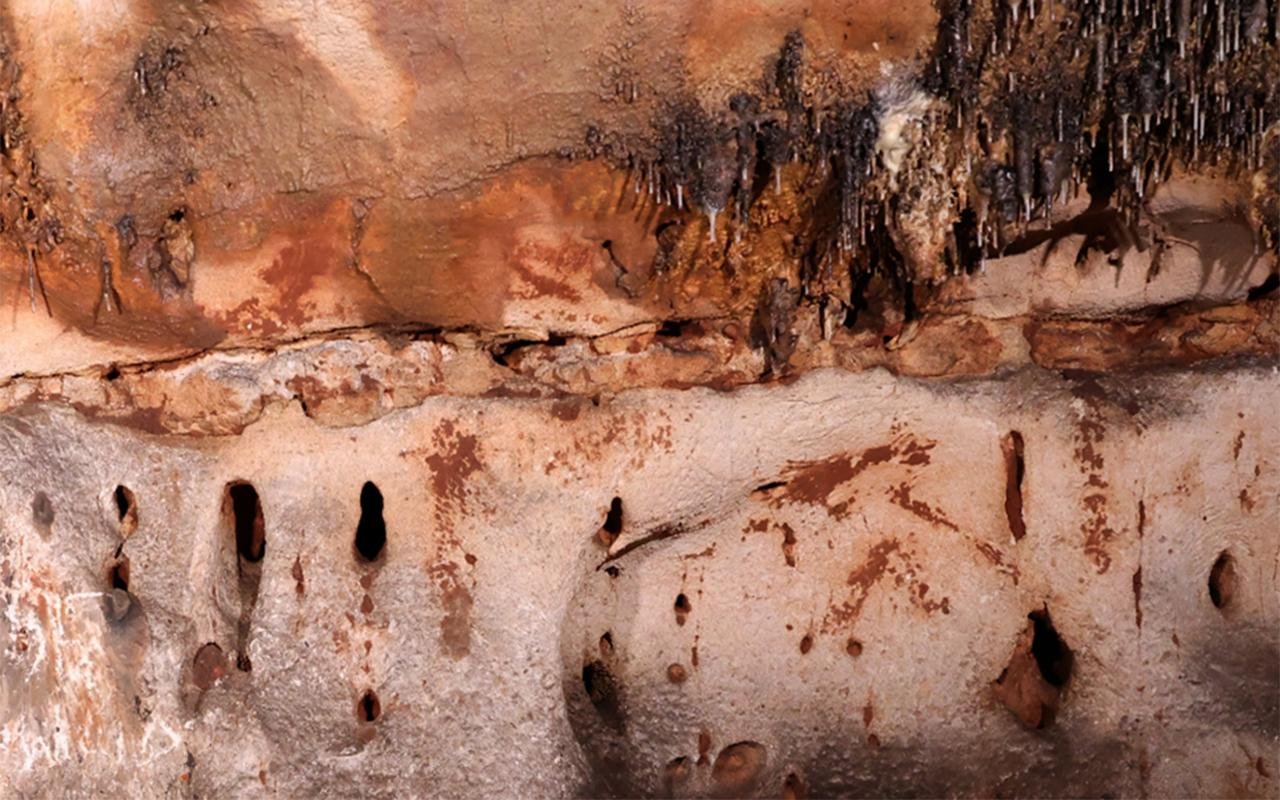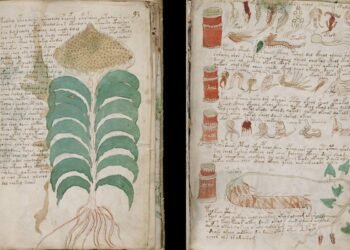Archaeologists have uncovered a treasure trove of ancient Paleolithic cave art in the cave known as Cueva Dones, situated in Millares, Spain.
This remarkable find, which has been described as possibly the most important on the Eastern Iberian Coast and even in Europe, sheds light on the rich history of artistic expression during the Paleolithic period.
Cueva Dones, a cave initially discovered in 1821 when an earthquake exposed its entrance, has long been known to locals and has attracted hikers and explorers.
However, it wasn’t until June 2021 that researchers from the universities of Zaragoza and Alicante, in Spain, and their colleagues from the University of Southampton in the UK embarked on a systematic survey of the cave, uncovering a wealth of ancient art hidden within.

In a recent publication in the journal Antiquity, the scientists detailed their findings, which reveal the existence of more than 100 parietal motifs, including paintings and engravings, dating back approximately 24,000 years to the Paleolithic era.
This astounding collection of art in Cueva Dones is believed to represent the largest concentration of Paleolithic cave art in Eastern Iberia, and possibly in all of Europe, since the discovery at Atxurra in Bizkaia in 2015.
Among the 110 graphic units identified within the cave, there are at least 19 representations of animals, including horses, hinds (female red deer), aurochs, and stags. The rest of the art consists of various forms of conventional signs, such as rectangles and meanders, several panels of ‘macaroni’ or ‘flutings’ created with fingers or tools dragged across a soft surface, isolated lines, and poorly preserved unidentified paintings.
One of the most remarkable aspects of this discovery is the technique used in creating the majority of the paintings. Unlike most Paleolithic cave art, which is typically rendered using mineral pigments, these ancient artists utilized red clay found on the cave floor. This method, while known in Paleolithic art, is extremely rare, and examples of its usage or preservation are scarce.
The humid cave environment played a crucial role in preserving the clay-based paintings, allowing them to dry slowly and preventing the clay from falling off rapidly. Some parts of the art were even covered by calcite layers, which helped preserve them until today.
Dr. Aitor Ruiz-Redondo, a Senior Lecturer of Prehistory at the University of Zaragoza and a research affiliate at the University of Southampton, expressed the significance of this discovery, stating, “The Cueva Dones rock art is a key discovery in Mediterranean Paleolithic art. While the project is still in its early stages, preliminary results reveal an enormous potential for research at the site and establish this assemblage as arguably the most important for the eastern Iberian coast.”
The research team, led by Dr. Ruiz-Redondo and including Dr. Virginia Barciela-González, Senior Lecturer of Prehistory at the University of Alicante, and Dr. Ximo Martorell-Briz, a research affiliate at the University of Alicante, has meticulously documented the motifs found in Cueva Dones.
Their work has only scratched the surface, and there are still many areas to survey and panels to document, leaving open the possibility of even more significant discoveries in the future.






















